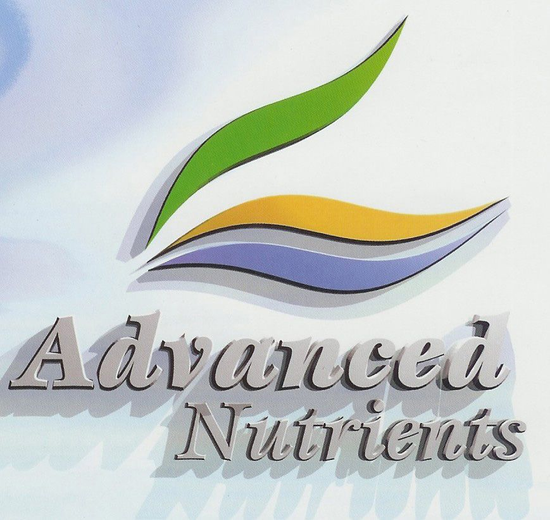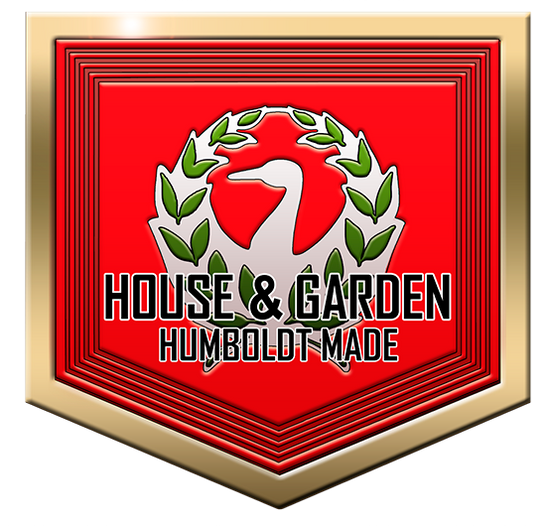Outline:
- Soil choice
- Container or pot choice
- Watering
What to look for:
- Drooping leaves
- leaves curling up
- leaves curling down
- Deficiencies show at the bottom of the plant
- Toxicity shows at the top of the plant
Under watering:
- Soil should dry in a day or so, depending on the environmental conditions
- Signs of a thirsty cannabis plant
- Droopy leaves or weak looking plant
- Yellowing of the leaves
- Dry soil
Over Watering:
- Over watered plants can look the same as under watered plants.
- The difference being, the leaves will be dark green and curl under.
- Soil will be wet or very moist.
To begin, this may be obvious to some, when watering your cannabis plant, you want to water at the base of the plant. Don't wet the leaves. The goal is to fill the container it is in until it is full as if you are filling a bucket. If it drains too fast, the soil has too much drainage. If it fills and there is little run off, the soil or pot does not drain fast enough.
In this article I am attempting to simplify the watering and feeding of your cannabis plants. As well as the necessities needed for proper watering. To begin we have to cover the medium you choose for your roots to take hold in. In regards to feeding. Feeding is done at the time of watering. While this article really is covering watering, it’s important to know that feeding will happen in conjunction with watering, but not necessarily every watering. Our next blog post will cover feeding in greater detail.
1. Soil Choice
With that said, what are you growing in? Soil, living soil, aka super soil, coco coir or hydroponically? There are a couple of exceptions that fall under advanced growing techniques, which are aquaponics and aeroponics. I will not cover these two options or hydroponics as this article is intended for newer growers.
Before you begin, you need to decide what to grow in. If you are new to growing cannabis or just want a simpler process, most people's opinion is soil is the obvious choice. Growing in any medium can get complicated, but soil offers a path to the simplest.
Soil has some distinct advantages for a relatively new grower. It provides nutrients to some degree, plants by their nature are designed to thrive in it, it’s much more forgiving than other mediums in regards to mistakes made by the gardener and is usually the cheapest option. Every other growing medium requires more consistent watering and the need to watch your plants closer for problems. A few examples are, greater pH level fluctuations, higher risk of contaminants and the necessity to supply your plants with everything they need. Soil reduces, but doesn’t eliminate the need to closely monitor and supply the needs of your plants. Keep in mind, monitoring is always necessary. Soil just requires a less experienced eye.
Something else to consider. Choosing another growing medium over soil won’t necessarily produce better results in yield or quality. This topic is something for you to ponder when deciding what to grow your plants in the next time around. Soil comes in many different forms. I suggest purchasing a soil that is rich in nutrients. This is a subjective idea, rich in nutrients, as some come richer than others. Some have more of one nutrient than another. Some have less. Soil science is real, so pick your soil wisely. Understand your soils construction. No matter the medium you choose to root your plants in, a good gardener must pay attention to the signals your plants are showing you.
You can buy soil that is ready to go, build your own soil or just grow in whatever soil the ground around you consists of. Each has its merits dependant on your goals. Although, I suggest purchasing a pre-built soil. Do some research before you buy, but pre-built soils are mixed by someone who has a good idea of the requirements needed for success. Unless you have the desire and time to study and mix your own soil, this is the easiest option. As I have stated before, I suggest new growers simplify until an understanding of the cannabis plant comes into focus.
Here are a few soil suggestions:
- Fox Farms
- Ocean Forest
- Happy Frog
- Strawberry Feilds
- Light Warrior
- Mother Earth
- Groundswell
- Terracraft
- Nectar for the Gods
- Blend #4
- Blend #7
- Blend #8
2. Container or pot

Once you have chosen your soil, or medium if you decide to go the coco coir route, it’s time to decide what will hold your soil. The choice of container will differ depending on what you are growing. In regards to cannabis, the watering process requires a wet to dry process. The choice of soil container will dictate how well your soil drains and how quickly it dries. There is a concept in the cannabis world referred to as ‘dry back time’. This is the amount of time it takes for the soil to dry after watering. Keep in mind, feeding takes place when you water, but not every watering. Typical dry back time should be a day or so.
As for your choice of soil container, my opinion is a grow bag made of fabric is the best choice. There are other options and no matter your choice it is necessary to take into account how quickly the soil can dry. Cannabis roots need a period of drying. This allows oxygen to get to them as well as reducing the likelihood of root rot brought on by too much water around the roots. Cannabis roots need to breathe. If they cannot, then they will stop the uptake of nutrients resulting in what is known as ‘lock out’. Root rot, lock out, and the lack of uptake of oxygen are the result of the gardener not paying attention to the soil. These problems are easily mitigated as long as you get into a routine of allowing the soil to dry.
3. Watering
Dry back time is essential to the success of your cannabis plant. For the new grower, it may seem that the soil is too dry and your plants are starving when the reality is this is how a cannabis plant thrives. It’s by far the biggest mistake of a novice grower. Too much watering.
A few methods to determine when to water and by extension, when to feed are as follows. A common method is to stick your finger in the soil about an inch down. If it is wet, then don’t water. How wet is the soil, is the real question. It is conceivable that a person could wait until the soil is as dry as a desert before they water. While the cannabis plant will likely not die in this scenario, you're not maximizing its potential. This is something that requires experience before you get a feel of when the soil is ready for watering. The question being, when is the soil dry enough to water again?
The next method requires the ability to lift the pot and plant. If you do this from the start. As in take note of how heavy the pot with soil is before it has a plant in it and before you get it wet, you will begin to get a feel of how much water is held in the soil. In time, you will begin to intuite this process. But give yourself time to get a feel for the dry back time. AKA, how heavy the pot is when freshly watered vs a dry soil. This directly correlates to how much water is in the soil.
When lifting or poking your finger in the soil, you are comparing it to a freshly watered plant. As mentioned earlier, soil with good drainage is paramount for a cannabis plant. When you water, it is the goal to fully wet all of the soil. Keep in mind the maturity of your plant and where the roots are in the soil. Meaning, a young plant has yet to fill the pot with roots and a mature plant most assuredly has.
When watering, you really only need to concern yourself with getting water and nutrients to the roots. The larger your plants get, the more water they will uptake and the need to increase watering will occur. If you are growing in a controlled environment, as in you can control the temperature and humidity of the growing area, then this process can be fairly consistent. But if you grow outdoors with less control of the weather, you will need to increase or decrease watering based on what is happeing. Naturally, hot weather will require more water and coolor damper weather will require less.
When watering, a drain to runoff situation is desired. In other words, you should add enough water to completely fill the pot with water as if you are filling an empty bucket. Once this is achieved, there should be adequate drainage so that the excess will run off and out of the container. This is where drainage via the container is very important. A grow bag also allows further evaporation through the porous nature of its fabric. Any other pot material will rely on the holes in it to achieve proper run-off. It is possible, but not always the case, that a pot could hold water in one section. If this is the case, the roots in this area could experience root rot or other maladies due to excessive moisture.
With your soil and potting container chosen, the trick is to get a feel for how much moisture is in the soil. It isn’t necessary to allow the soil to dry like a desert. At the same time, allowing it to dry thoroughly is paramount to success. Getting a feel for this process will facilitate every cycle of growing to come as well as any medium you might choose to grow in, in the future. Aside from sprouting seeds, watering is the foundation of any successful plant.
Stay tuned for the next blog post addressing feeding.




